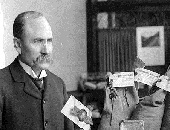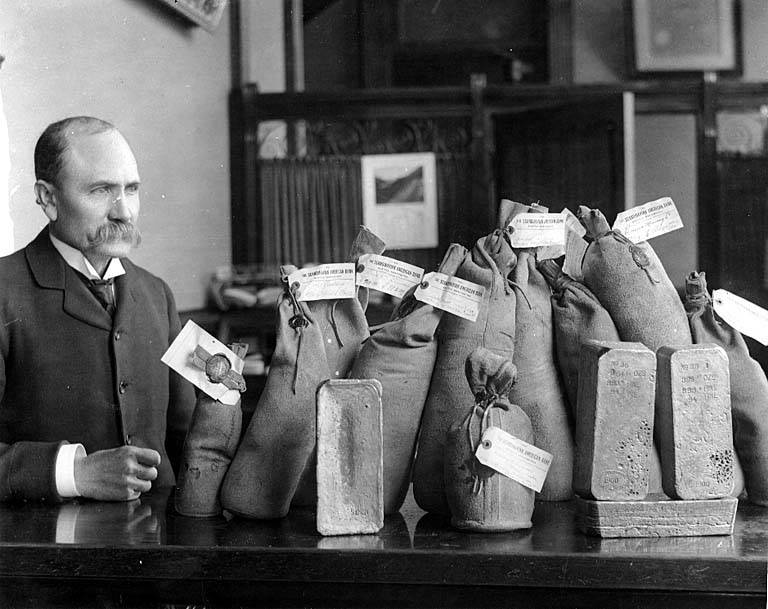This concludes the interview with Professor Avni Shah regarding consumer behaviour and the connection we feel to the stuff we buy. And, possibly, to the people we buy it for.
Click here to read the first half of the interview.
Q: Did you look at other aspects of the connection?
I said, let’s see how long this effect persists. I got data for the years 2004 to 2013 from an alumni association. What I was interested in is how alums make donations: by cheque versus card. Cheque feels more painful because you have to write out that amount. I wondered if the way that you donate in a given year influences the likelihood that you make a repeat donation in the following year. What I found was that if you donated by card in a given year you were 56.7 percent likely to make a repeat donation. If you did it by cheque, you were 62.3 percent likely to make a repeat donation. Over the course of one year the method of payment can make a 10 percent difference in the likelihood to make a repeat donation.
I talked to … the people who were making the actual calls to the alums … about automated billing. They said, when the alums’ credit cards expire, it was harder to get the alums back on track. … some alums had completely lost consciousness of this payment process.
Q. The pain of payment sounds like a fruitful area of behavioural finance.
These payment methods are a proxy to how we feel. The pain could be a good thing. Surely it stops us from making particular purchases. Even above and beyond that, we have the genuine value and emotional attachment to particular things. As a result, these folks with the mug, when we sold the mug they feel really connected to that mug – I think that if I polled those who paid by cash a month later they’re more likely to be using it on a regular basis than those who paid by card.
Q: If we move to a cashless society, do you think we will be walking around as zombies, not valuing anything?
I use cash as much as possible because of this very thing. The general trend is obviously towards convenience; there are a lot of benefits to be had with the card aspect. Now there’s ApplePay, and there’s mobile payment. My research shows that any time you have different payment mediums, you are going to have differences in the pain that you feel when parting with this money. if you look at mobile payment versus card, my guess is that since the card is the more painful form, you will value the purchases more than in the mobile payment. Whenever you have the continuum of payment forms, then I think this research kicks in.
Q: Do we need more mindfulness in paying?
Companies are starting to develop applications so we can make payments more painful even if we use cards. For example, mint.com. You set it up knowing, “I have a budget for gas, for groceries, for going out to eat,” and it will alert you … any time you go over budget.
Also you can set it up so that it buzzes when you make a debt payment and you get a balance update right away. Those are ways to insert a little bit of pain after the fact, get people to value what they purchased.
Q: What ignited your interest in behavioural finance?
I took an economics course in first year of undergrad and did terribly in it. It had standard economic models—but we know this doesn’t happen in real life! We know that people are persuaded by different advertisements, for example, or, by the way things are framed. I said: how can we take this for real? Standard economic models don’t really capture behaviour. Now we need some of these foundations… in understanding how people think. That’s a blend of economics and psychology. Ever since I was a kid, I would witness behaviour in the real consumer world, and I would wonder why people do this.
Q: What is your next research project?
I have a couple things going on right now. On one hand I’m trying to figure out savings behaviour. People set up these defaults such that whenever they get that paycheque, … the money is already taken away for retirement for the 401(k) or the retirement savings plan. Some people set this up so that they take it out of their paycheque immediately, so they don’t even see the initial sum.
It’s taking the mindfulness out of the savings. You do want to use easy payment methods and convenience strategically. There are times when, for your own benefit, you need to have a more painless method!
Second, there’s another aspect of payment behaviour that I think is pretty interesting. Sometimes I treat a friend to coffee, to lunch… When I’m treating, does the way that I pay—cash or card—influence how I feel about the person? Does this pain of payment have signalling effects to ourselves so that it means that I value this person more because I’m shelling out with a more painful payment method? Subsequently, for the recipient, are they taking this cue as well? They get a signal to say, “oh, this person is shelling out a more painful method – it must be because they like me … does it mean I like them too?”
That could be useful particularly in situations where you have this goal to affiliate – maybe you have a new colleague that you want to welcome in, or you’re on a first date—things like that, where you want it to go well.
Q. Recommended behaviour on first dates?
It’s interesting. You’re not giving cash directly … it’s a proxy. When paying cash for this particular meal … the signaller thinks, “I must be doing this because I care” and then on the other end, the recipient thinks, “it must be because this person cares about me.” If you’re paying with a card, it doesn’t feel like as much of a big sacrifice, even if it’s the same amount of money.ª
Click here to read part 1 of the interview.


